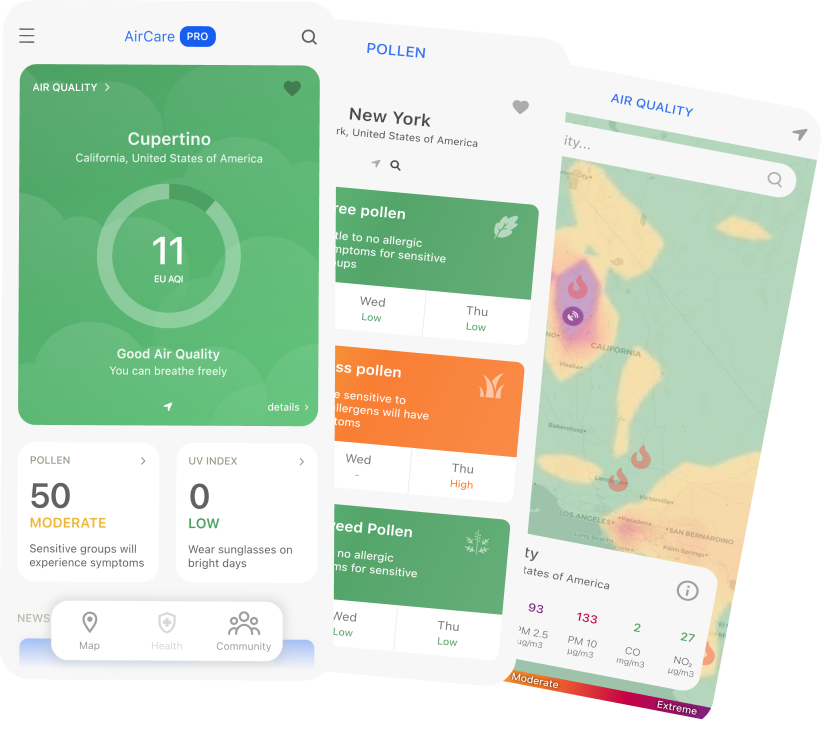Air pollution is a serious issue that affects people around the world, and the healthcare sector has an essential role in mitigating its effects.
One of the most valuable tools that healthcare professionals can use to combat air pollution is air quality data. By leveraging this data, healthcare professionals can better understand the impact of air pollution on human health and develop strategies to minimize exposure to harmful pollutants.

Identifying At-Risk Populations
Air quality data can be used to identify populations that are most at risk of health problems related to air pollution. By analyzing air quality data, healthcare professionals can identify areas with high levels of pollution and target interventions to reduce exposure for these at-risk populations.
For example, individuals living in low-income neighborhoods or near industrial sites may be more exposed to pollutants and therefore more at risk of developing respiratory or cardiovascular diseases.
Tracking Changes in Air Quality
Air quality data can be used to track changes in air pollution levels over time. This is crucial because changes in air quality can have a significant impact on human health.
For example, a spike in pollution levels can lead to an increase in emergency room visits for respiratory problems. By monitoring changes in air quality over time, healthcare professionals can develop strategies to minimize exposure to pollutants during times of high pollution.
Educating the Public
Air quality data can be used to educate the public about the health risks associated with air pollution. Many people are unaware of the impact of air pollution on their health, and may not take steps to reduce their exposure to pollutants. By providing information about the health risks associated with air pollution, healthcare professionals can empower people to take action to protect their health.
Healthcare professionals can also use air quality data to provide specific guidance on how to reduce exposure to pollutants. For example, during times of high pollution, healthcare professionals can recommend that individuals limit their time outdoors or avoid outdoor exercise.
Occupational Health and Safety
In addition to protecting the health of the general public, air quality data can also be used to protect the health of healthcare workers. In hospitals, clinics, and other healthcare settings, exposure to pollutants such as airborne viruses, chemicals, and particulate matter can pose a risk to the health of workers.
By monitoring air quality data in these settings, healthcare organizations can identify areas with high levels of pollution and think of ways to protect healthcare workers. This can include implementing air filtration systems or ventilation systems to improve indoor air quality, as well as providing personal protective equipment (PPE) for workers who are at risk of exposure.
By prioritizing occupational health and safety, healthcare organizations can not only protect the health of their workers but also improve the quality of care they provide to patients.
Final Thoughts
In conclusion, air quality data is an essential tool for the healthcare sector. By using this data, healthcare professionals can identify at-risk populations, track changes in pollution levels over time, monitor the effectiveness of pollution reduction efforts, and educate the public about the health risks associated with air pollution.
As air pollution continues to be a significant global health concern, it is vital for healthcare professionals to leverage all available tools to protect human health and reduce exposure to harmful pollutants.
Do you want to know the quality of the air you breathe? Download AirCare – our free mobile app that tracks air pollution from your pocket, and check out the AirCare blog!





